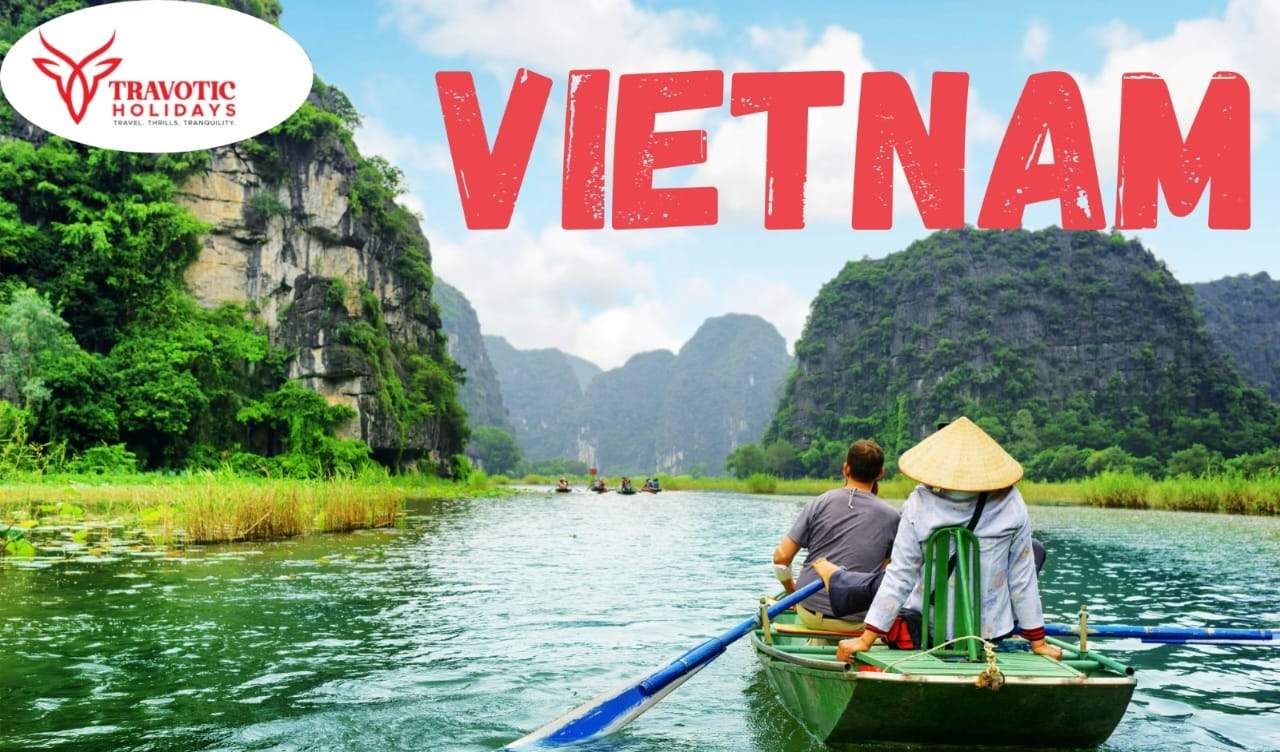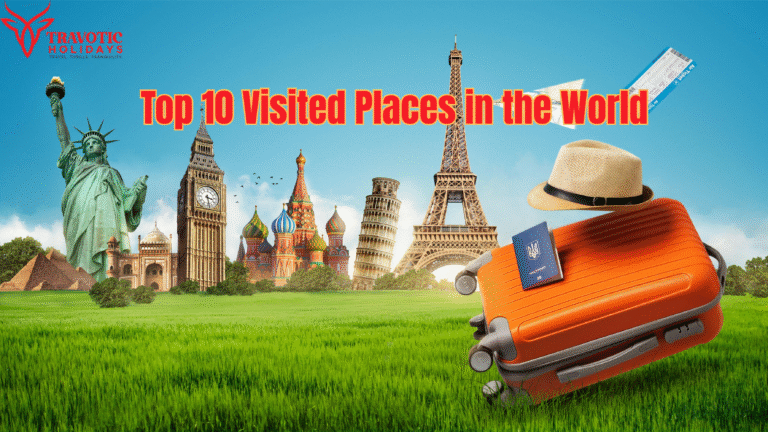Vietnam is a stunning destination in Asia, and these fascinating facts are sure to spark your wanderlust and deepen your appreciation for this captivating country. Whether you’re planning a future journey or simply curious about its rich cultural heritage, the following insights offer a glimpse into the unique charm and allure of Vietnam.
1.Vietnam boasts 8 UNESCO World Heritage Sites
Vietnam proudly boasts eight UNESCO World Heritage Sites, each reflecting the nation’s rich cultural and natural heritage. These include the Complex of Hue Monuments, Ha Long Bay – Cat Ba Archipelago, Hoi An Ancient Town, My Son Sanctuary, Phong Nha-Ke Bang National Park, the Central Sector of the Imperial Citadel of Thang Long in Hanoi, the Citadel of the Ho Dynasty, and the Trang An Landscape Complex.
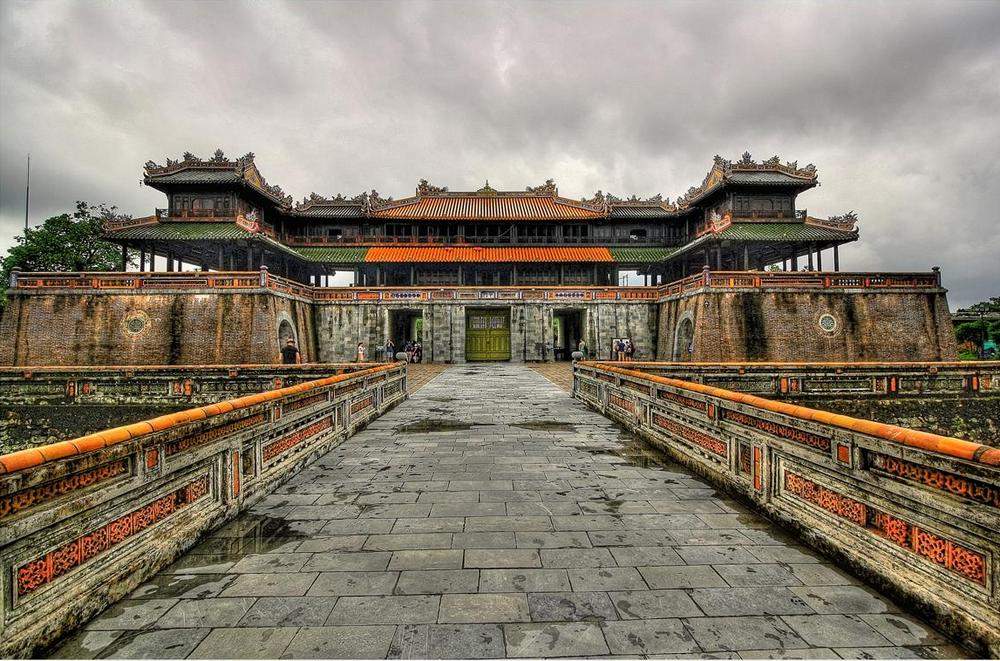
2.Vietnam ranks among the most biodiverse countries in the world
Vietnam is renowned for its exceptional biodiversity, earning a prominent place among the world’s most species-rich countries. Frequently listed within the top 20 globally, Vietnam’s varied ecosystems—ranging from lush forests and expansive wetlands to vibrant marine habitats—are home to an incredible diversity of plant and animal species.
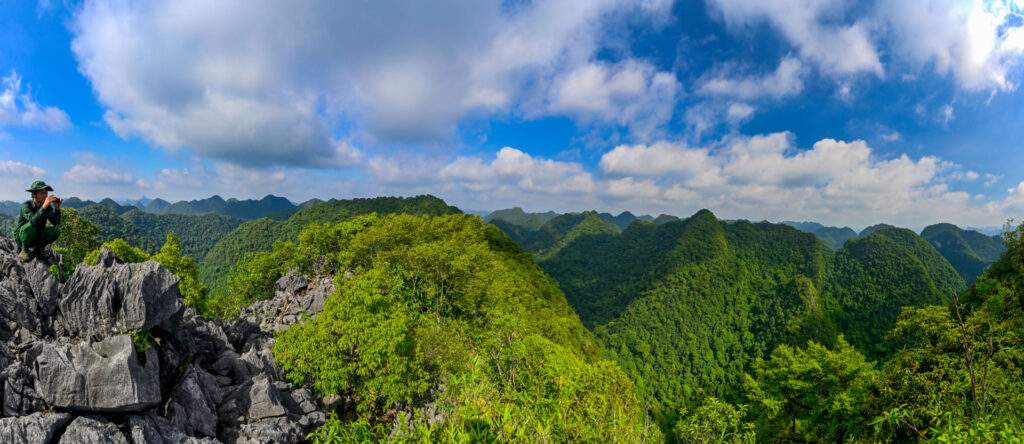
3.World’s Largest Cave is in Vietnam
The world’s largest natural cave, Hang Son Doong, is situated in Vietnam’s Phong Nha-Ke Bang National Park.
This extraordinary natural wonder features massive chambers, stunning stalactite formations, and a surreal, almost otherworldly ambiance. Exploring Hang Son Doong feels like entering a hidden underground world, complete with its own weather system and thriving vegetation. It offers a one-of-a-kind adventure for those eager to witness the awe-inspiring power of nature and embrace the thrill of exploration.
For travelers with a deep appreciation for unique landscapes and natural marvels, Son Doong Cave stands out as a must-see destination in Vietnam.

4.Vietnam ranks as the world’s second-largest coffee producer
Coffee holds a beloved place in Vietnamese culture, enjoyed by people of all ages throughout the day—from morning routines to evening social gatherings.
Vietnam is especially known for its production of robusta coffee, a variety prized for its bold flavor and high caffeine content. Despite its modest size, this Southeast Asian country is the world’s leading producer and exporter of robusta beans.
One of Vietnam’s most iconic coffee creations is egg coffee—a rich and creamy blend of egg yolk, condensed milk, sugar, and robusta coffee. While this unique beverage can be found across the country, Hanoi offers the quintessential experience for savoring this traditional treat.

5.The One Pillar Pagoda stands as a remarkable architectural marvel of Vietnam
Located in Hanoi, Vietnam, the One Pillar Pagoda is a distinctive architectural gem and an iconic symbol of Vietnamese heritage. This small wooden structure is perched atop a single stone pillar emerging from a lotus-filled pond, designed to resemble a blooming lotus flower—an emblem of purity and enlightenment in Buddhism. The pagoda is dedicated to Quan Am, the Vietnamese Buddhist Goddess of Mercy.
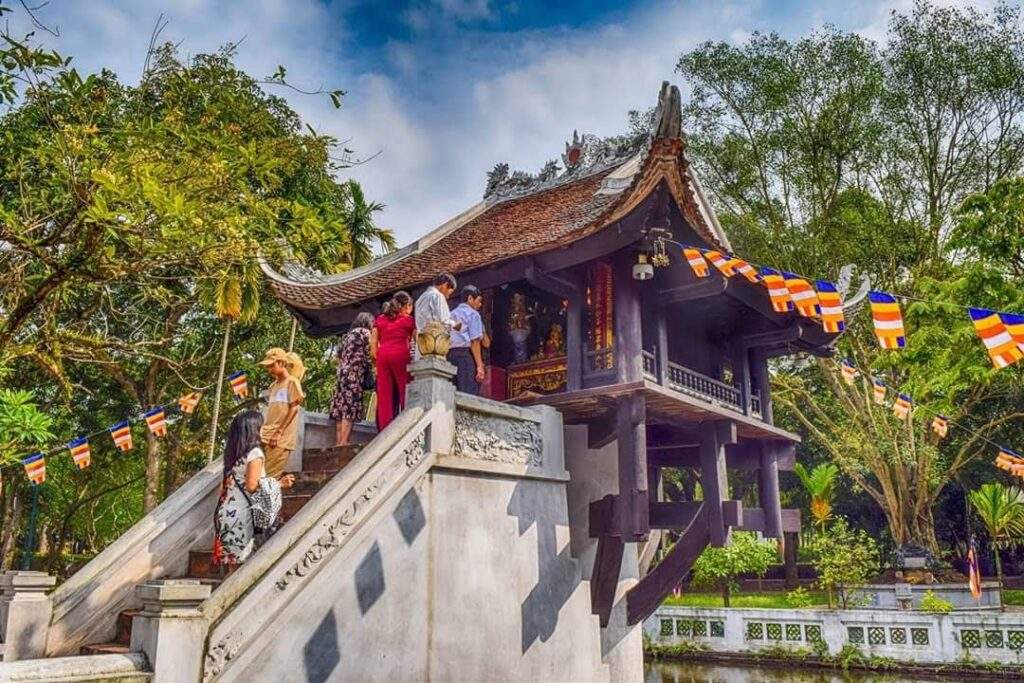
6.Vietnam is home to the world’s longest cable car route
Vietnam proudly hosts the longest cable car route in the world—the Hon Thom cable car in Phu Quoc. Spanning 8 kilometers (5 miles), this impressive three-rope system connects Phu Quoc Island to Hon Thom Island’s Sun World Nature Park, offering a scenic 20-minute journey. Recognized by Guinness World Records, it holds the title for the longest non-stop three-rope cable car globally.
Another notable record-holding cable car in Vietnam links Muong Hoa Valley to Fansipan Mountain. This route has also earned Guinness recognition for its remarkable length and engineering, further showcasing Vietnam’s world-class cable car systems.
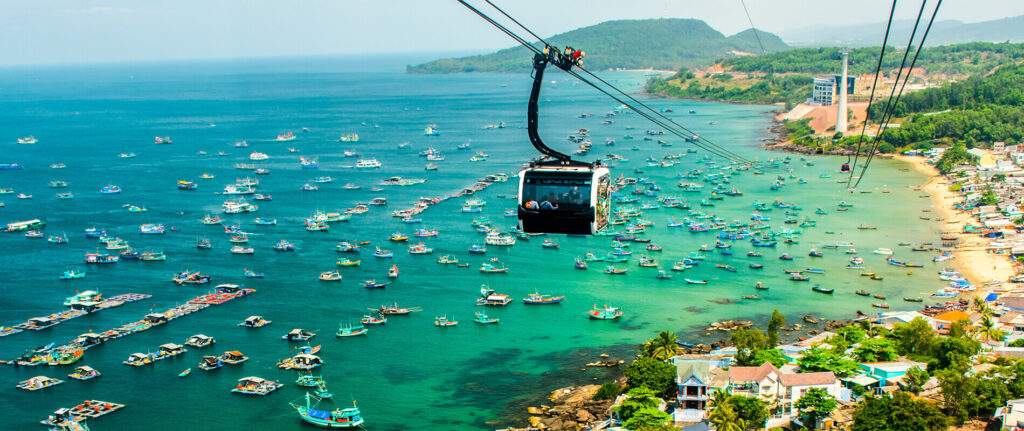
7.The National Vietnamese Dish is pho
Pho is widely regarded as the national dish of Vietnam—a beloved noodle soup featuring a flavorful broth, rice noodles, and typically beef or chicken. As a staple of Vietnamese cuisine, pho is deeply ingrained in the country’s culinary culture and can be found on nearly every street corner, as noted by Vietnam Tourism.
Despite its modest appearance, pho delivers a delightful combination of textures and rich, layered flavors. It plays a significant role in the diversity of Vietnamese cuisine and is also known for its health benefits. When served with fresh herbs like ginger, mint, and spring onion—ingredients recognized for their healing properties—pho becomes not just a comforting meal, but also a nourishing one.
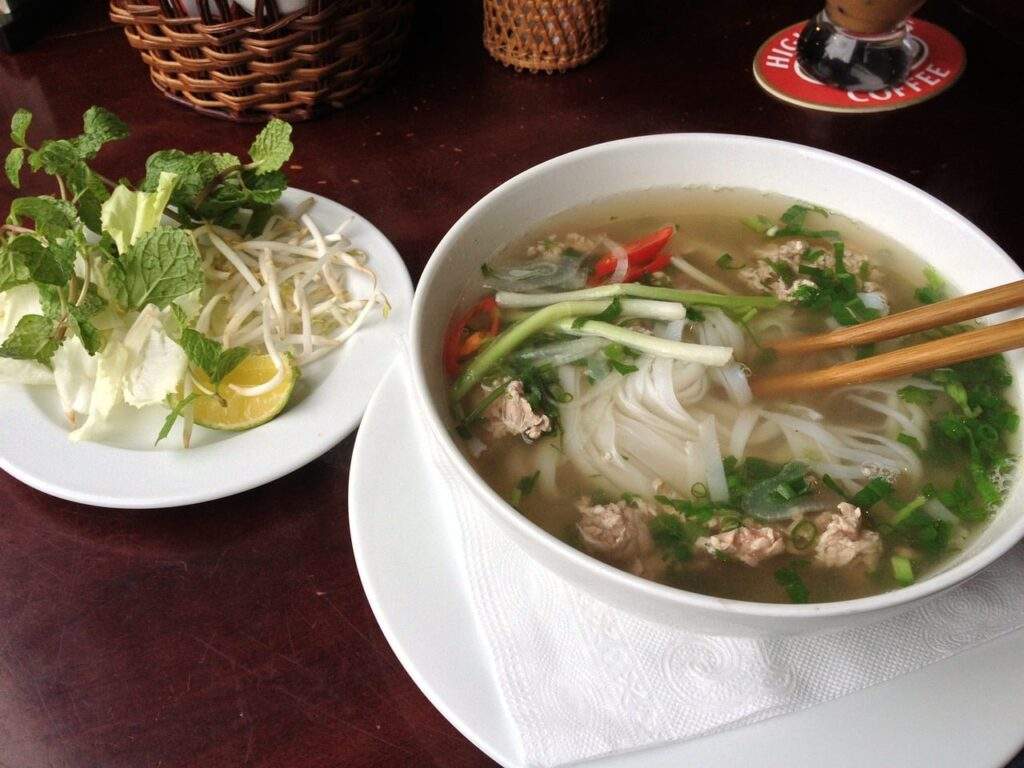
8.Floating markets are a unique and vibrant part of life in Vietnam
Floating markets play a vital role in daily life and commerce in Vietnam, especially in the southern Mekong Delta region. These distinctive open-air markets take place entirely on water, with boats serving as mobile stalls where goods are traded using paddles, poles, or motors. Bustling with activity, they are lively centers of trade that also reflect the rich local culture and strong sense of community.
Visitors can savor delicious local dishes, interact with welcoming vendors, and soak in the vibrant atmosphere. More than just centers of trade, these markets offer a window into the daily life and cultural spirit of Vietnamese communities
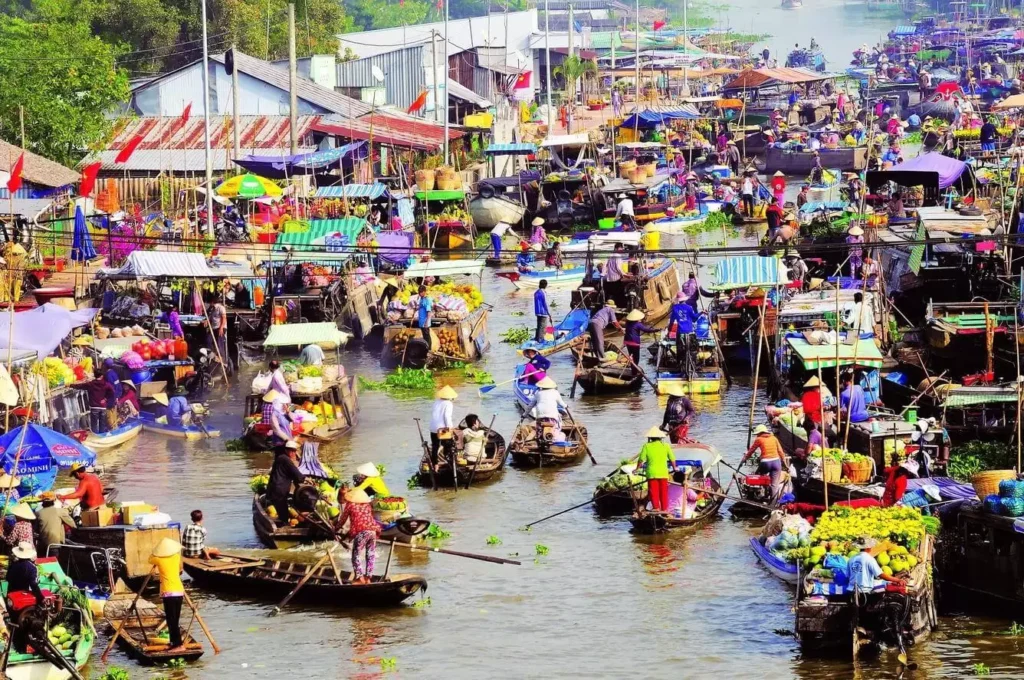
9. Vietnam is a culturally diverse nation, home to 54 different ethnic groups
Vietnam is home to 54 diverse ethnic groups, with the Kinh (Vietnamese) people forming the majority. Alongside them are numerous ethnic minority communities, each with their own distinct languages, cultural practices, and traditions, contributing to the country’s rich and vibrant cultural mosaic.
10.Vietnam’s National Flower is lotus
Although the lotus is widely regarded as Vietnam’s national flower and holds a deep cultural significance, it has not been officially designated as such. Symbolizing purity, grace, and resilience, the lotus reflects qualities that are closely associated with the spirit of the Vietnamese people.
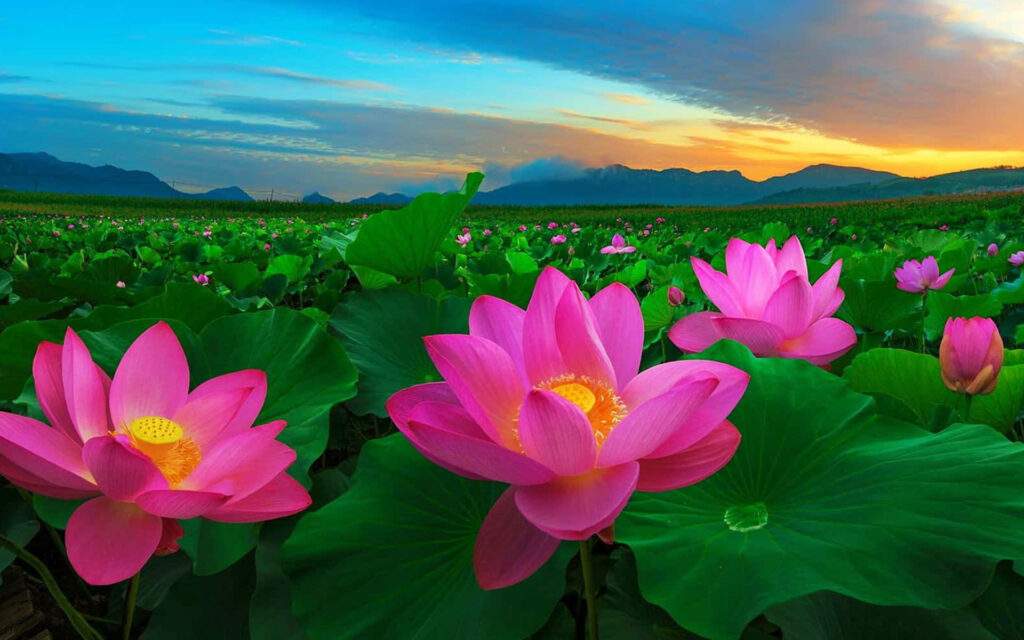
11. Vietnam has been deeply shaped by French influence
Vietnam bears a strong French influence, a legacy of over sixty years of colonial rule. This impact can be seen across many facets of Vietnamese life, from architecture and cuisine to language and cultural traditions.
Vietnamese cuisine has also absorbed French culinary influences, incorporating items like baguettes, croissants, coffee, and dishes made with potatoes and butter into everyday meals. The popular Banh Mi sandwich is a perfect example of this cultural and culinary fusion.
12. Vietnam is a tropical fruit lover’s paradise
Vietnam is renowned as a paradise for tropical fruits. The country offers a rich variety of vibrant, flavorful fruits that are available throughout the year.
Whether you’re wandering through lively fruit markets or indulging in fruit-inspired treats, Vietnam’s tropical fruits are sure to impress. From the rich sweetness of pineapples and durians to the exotic charm of jackfruit and dragon fruit, every bite offers a delightful explosion of flavor.
With its fertile landscapes and abundant harvests, Vietnam more than earns its title as a paradise for fruit enthusiasts and curious explorers alike.
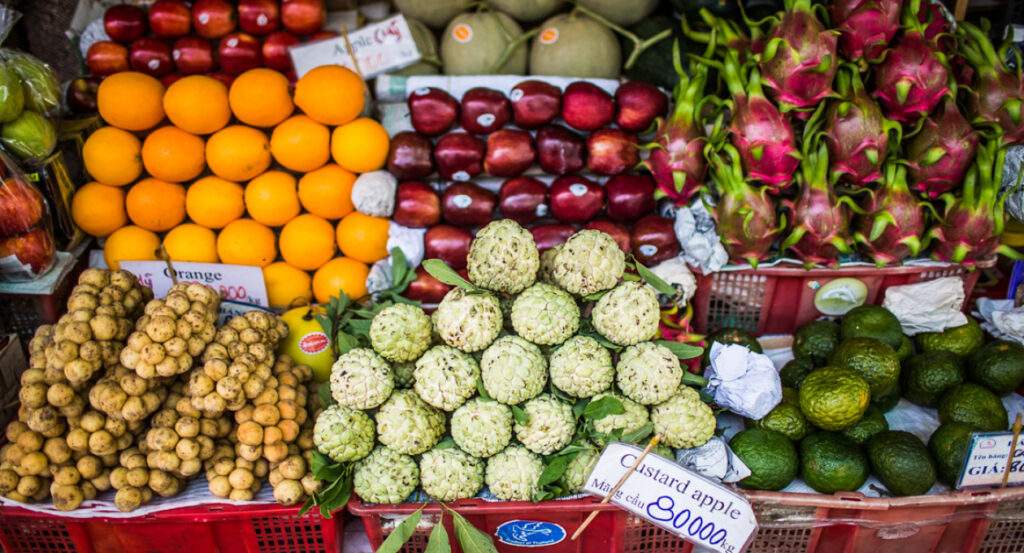
13. Vietnam is a nation of rivers
Vietnam is often referred to as a “nation of rivers” thanks to its vast and varied river system. With more than 2,360 rivers flowing across the country, these waterways play a vital role in transportation, agriculture, and the local economy. Major rivers such as the Red River and the Mekong River are especially important, shaping the country’s landscapes and sustaining the livelihoods of countless communities
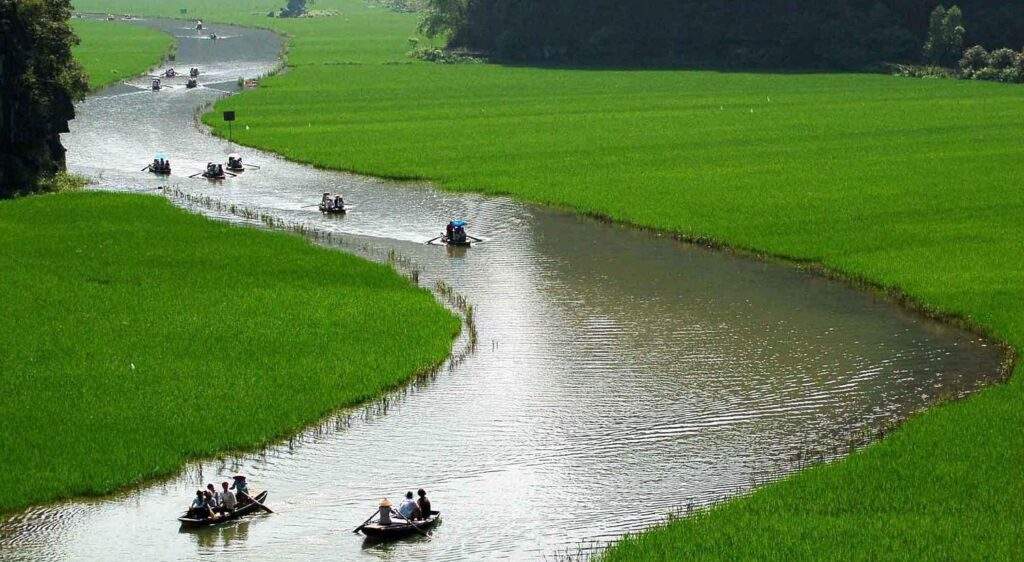
14. Motorbikes are one of the main form of transportation in Vietnam
In Vietnam, motorbikes serve as the primary mode of transportation, dominating the streets and playing a central role in daily life. They are favored for their affordability, convenience, and ability to navigate through the country’s busy urban traffic.
Upon arriving in major cities like Hanoi or Ho Chi Minh City, you’ll be greeted by the unmistakable buzz of motorbike traffic—unlike anywhere else in the world. With approximately 77 million motorbikes nationwide, the scale is staggering. In Ho Chi Minh City alone, 7.4 million motorbikes serve a population of 8.4 million, with an additional 1.5 million entering the city each day. That’s nearly one motorbike for every resident. Despite the sheer volume, helmet laws have only been strictly enforced in recent years, making the streets a captivating and chaotic display of two-wheeled motion.
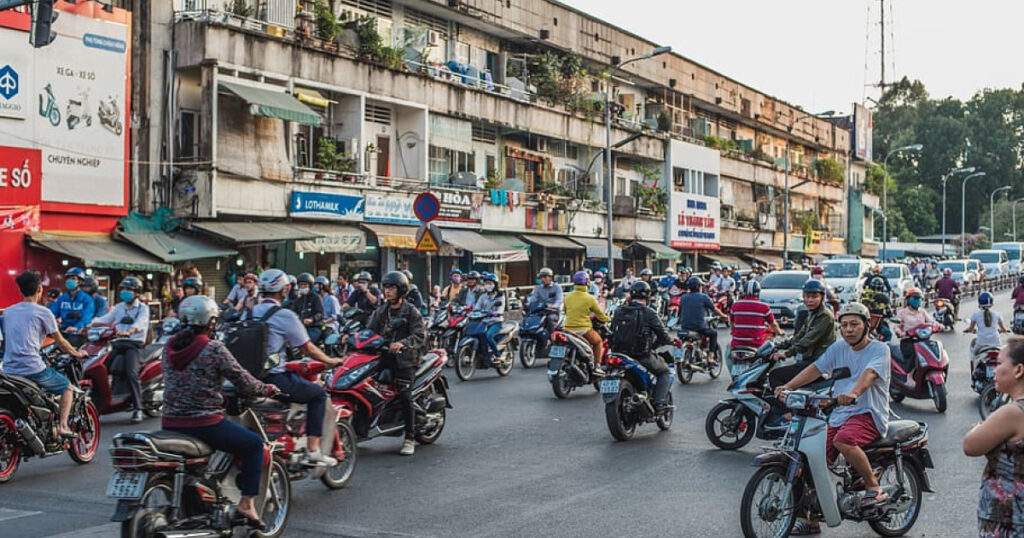
15. Maximum Vietnamese has the Same Surname
A large portion of the Vietnamese population shares common surnames, with Nguyễn being especially widespread. This prevalence is influenced by historical factors and cultural practices, such as women keeping their family names after marriage while children typically inherit their father’s surname. According to Vietnam Teaching Jobs, Nguyễn is among the most common last names, alongside others like Trần, Lê, and Phạm.

